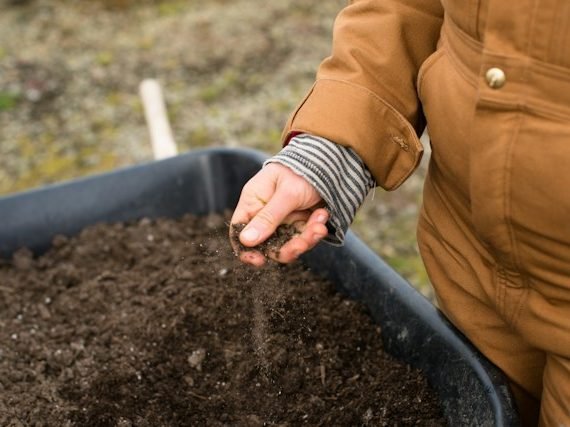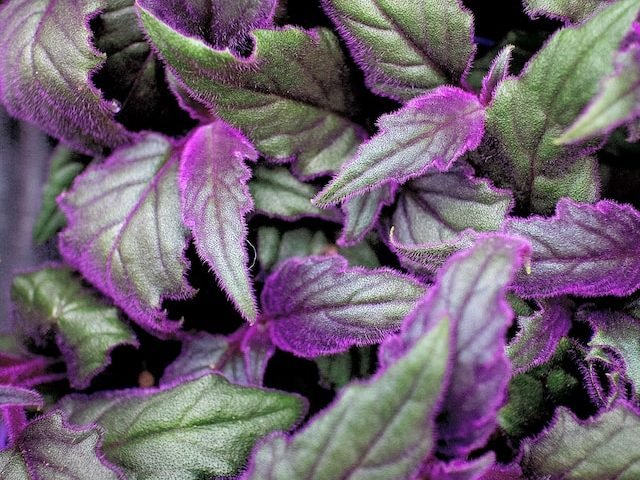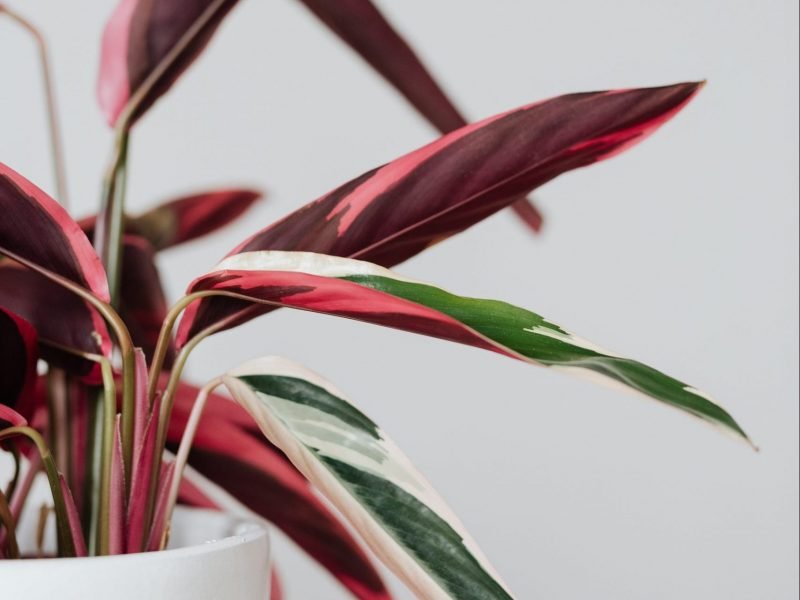
Although Croton Plants are loved for their unique and colourful leaves, what you don’t want is the entire leaf turning yellow. This usually signals that something isn’t quite right – either with the care that your Croton Plant is receiving, or the environment that it’s in. It’s important that you investigate the cause of the yellow leaves early as over time, this problem will only escalate and it might become too late to revive your plant.
Below we will be going through each of the different causes of yellow leaves on Croton Plants, guiding you through how to diagnose the issue, fix it and prevent it from happening again in future.
Before we get into it, there are quite a few different reasons why Croton Plants develop yellow leaves so we recommend going through each one whilst inspecting your plant and its environment to best diagnose the problem.
Too much water
Croton Plants love moisture but there is definitely such thing as too much! If the soil becomes soggy and waterlogged for a long period of time, it can mean the roots start to rot. Croton Plants don’t have as sensitive and delicate roots compared to some other plants, but they are still susceptible to root rot if you are consistently giving your plant too much water. Once the roots have started to rot, it means they can’t transport vital nutrients, oxygen and water to your plant, which not only causes yellow leaves, but the plant will droop down and lose leaves too.
Before altering how much you are watering your Croton Plant, it’s important to be sure that overwatering is the cause as you don’t want to hold back water if something else is causing the yellow leaves. Take your plant out of its pot and take a look at the root system and the potting soil. If the soil is soggy and clumpy then replace it immediately with fresh, dry soil.
Once you have confirmed that too much water is the culprit behind the yellow leaves on your Croton Plant, then you need to trim away the dead roots and worst affected leaves. Once the potting mix is switched out, your plant will begin the recovery process so you don’t want it to waste energy on dying leaves. It may take a few weeks before you see any sign of new growth as your Croton Plant has gone through a lot. But over time, with the right amount of sunlight and warmth, your Croton Plant should be back to its full health – with no yellow leaves in sight!
Too little water
If the leaves on your Croton Plant have gone quite yellow but are also dry to touch, then too little water might be the issue. As with overwatering, you want to check the soil to make sure this is the cause of the yellow leaves before increasing how much you water your Croton Plant. There isn’t much that would be more damaging than giving your plant more water when it doesn’t need it. If the soil is very powdery and dry then underwatering is most probably the cause of the yellow leaves on your Croton Plant.
To fix the issue you want to slowly reintroduce watering over the next week or so and in future, make sure you are watering more than before to avoid the same problem happening again. Once you have trimmed away all of the dry crispy leaves you should start to see normal healthy colourful growth starting to grow.
Low Temperatures
Another cause of yellow Croton Plant leaves is extreme temperatures. Whilst your plant will forgive you for the odd bit of heat or chill if your plant is exposed to the extremes for a long period of time, it’ll start to develop some issues, including yellow leaves that will eventually fall from the plant.
Your Croton Plant could be in an area where it’s getting a little too much light, or it’s getting too hot. The perfect spot for your Croton Plant is a little away from a window during summer but during winter it can be a little closer as the sun isn’t as strong.
If you’re not already, make sure to open your windows every now and then to make sure that the air in your room is circulating properly. This reduces the risk of hotspots forming in the room where your Croton Plant is.
It is also important to keep your Croton Plant away from AC vents or doors/windows that are drafty as the cold air will cause stagnant growth and yellow leaves. The ideal temperature for your Croton Plant is between 18°C – 24°C, so it’s important to keep it in a good range. You can always pick up a digital thermometer to check the spot your Croton Plant is sitting for peace of mind.
Stress
This is something that isn’t really talked about much it’s not just humans that get stressed out by change, plants do too and it might be what is causing the yellow leaves. Environmental stress is caused when there is a sudden change in the environment. This could be going from bone dry soil to really soggy soil, or moving to a new spot in your home where the temperature or light level is different. It can also happen when moving house and the knocks and bumps just cause it to be a little stressed.
Whilst environmental shock won’t often kill your Croton Plant, it will result in a few yellow leaves that will eventually also fall off your plant. Using a digital thermometer, light meter and moisture meter can help you keep track of your Croton Plant’s environment so you can respond to any major changes.
Too much direct sunshine
Croton Plant plants need bright but indirect light to really thrive. They can adjust to lower and medium levels of light but you’ll see less variegation in their leaves which is always a shame. Solid yellow leaves can be caused by sunburn if your plant is getting too much direct and intense sunshine during summer. This shows up as burnt patches across the side of the plant that is facing the sun.
Although there is nothing that can be done about the scorched leaves, this is quite an easy fix as you just need to find a spot in your home that has a little bit less sunshine. During winter, you can get away with placing your plant back where it was as the sun is weaker and out for less of the day (so you want to maximise the sunlight) but during summer, it’s a no-no for Croton Plants.
Pests
A more worrying cause of yellow leaves on Croton Plants is a pest infestation. This is quite rare for plants that don’t spend any time outdoors, but it can still happen.
Most pests are visible to the human eye so we can catch the problem by properly inspecting the leaves using a magnifying glass. Check the undersides of the leaves carefully as this is where the unwanted visitors like to hang out! If you spot pests lurking on your plant the first thing to do is isolate your Croton Plant from all of your other houseplants to prevent the spread of the pests.
The next step is to then trim off all badly affected leaves to curb the growth of the infestation and give your Croton Plant a wash in the sink or shower and treat with an insecticide or neem oil. A pest infestation isn’t always a death sentence for your Croton Plant as long as you have caught the problem early!
Those are the most common reasons why Croton Plants develop yellow leaves, some of which are easier to treat than others. We like to get into the habit of giving our plants a quick once over when watering them to check for any signs of unhappiness. This way, you’re able to catch any problems early and solve them before they take control of your plant. You might also find that it’s losing the odd leaf to natural ageing so only be alarmed if the rate of yellowing is quicker than the rate of new growth.
Check out our Croton Plant care guide for everything you need to know about caring for your plant, as well as propagation tips and how to spot and solve other common problems.















